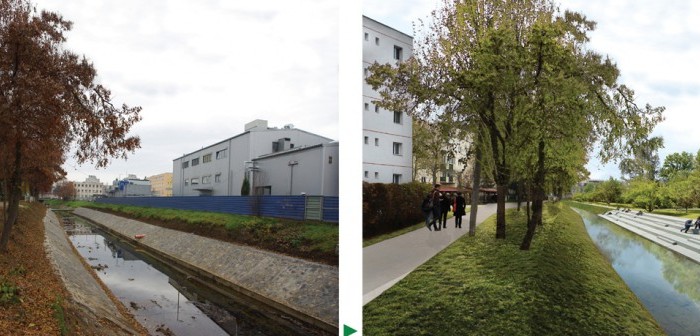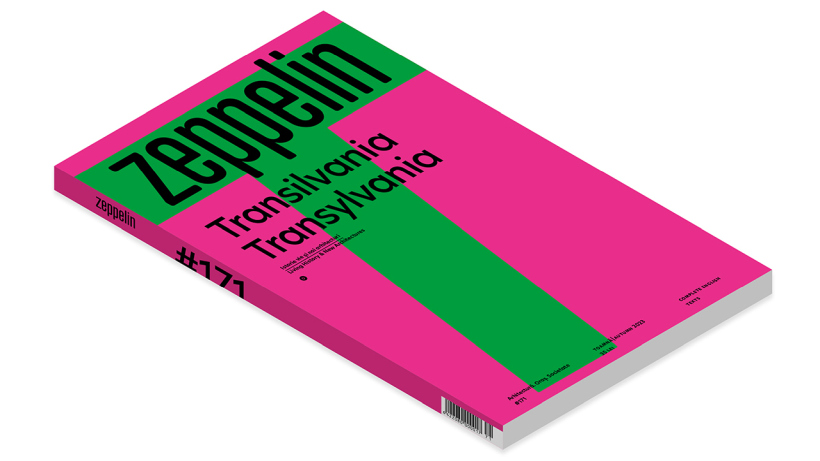Text: Cosmin Caciuc
Illustrations: Urban Regeneration workshop #Tudordurabil
A few dozen students and professors from the Faculty of Architecture in Strasbourg and supervisors from Brussels had a clear vision on the way the public space can be improved with minimal resources and interventions, following an urban regeneration workshop for Tudor neighborhood in Târgu Mureș:
a sustainable urban mobility, smart methods to slow down the traffic, appropriating the public space, social involvement and increase of green areas. The target audience is the local administration taking into account the local elections to take place next year.
We still talk about a good example of grassroots movement, among others from the recent time under the spotlight of profile literature: local action taking place through volunteer work and based on a consistent series of principles with the aim of initiating a social change.
In a time when the urban critical theory is in a deadlock and when it is not enough to pull all the time the rug under from urban planners and administrators because they do not manage this city planning stuff, here it appears that we can rely on models of good practice through theory and education, where not only a reality is criticized, but certain brave appeal-solutions are proposed as well. This is the case when various professional, social and cultural spheres cross each other with the aim of elaborating an ethic process of urban regeneration before projects as such characterized by an embellished image. Locals can benefit from a long term action-plan and can adjust to the change in time based on motivating and intelligible illustrations about alternative models of daily life in the near future; since this is not only about to “plant” an appealing project in a place at a certain moment, but also to keep on the long term the normative ideal of the respective project and therefore a certain consensus on the proposed model of urban life and civic action. I do not think, for instance, that one can imagine an excellent architectural action of post-industrial revitalization such as The High Line in New York without The Friends of High Line with keep this project alive both practically and ideologically.
I dare to think that in such a post-critical perspective, which supports normative and collective practices, urban activism will target not only the temporary specific action but also a communicative democratic action on the long term to target consensus points about the daily appropriateness and identity adoption of the urban space, in such a way that revitalization does not remain a draft from workshops and appeals to change. For the urban architect-activist, the communicative action raises the challenge of exploring disciplinary boundaries, redefining professional education and mediating between the ethic concept of public good, the economic concept of the ability to accomplish a project and the aesthetic notion of this one. Probably many of the social and cultural conflicts related to a flexible identity of spaces in current urban conditions cannot be precisely sorted out on the long term as well, yet I believe however that mediation at this level will inherently lead to fusion areas between various disciplines, not only mixes between them, and the socially committed architect will successfully redefine his/her professional niches and responsibilities. And perhaps that in this background the deepest meaning of research/exploring through the project will target a little more than the sum of all conventional knowledge areas: an intersubjective commitment, a mutual clarification towards what can be called share culture.



